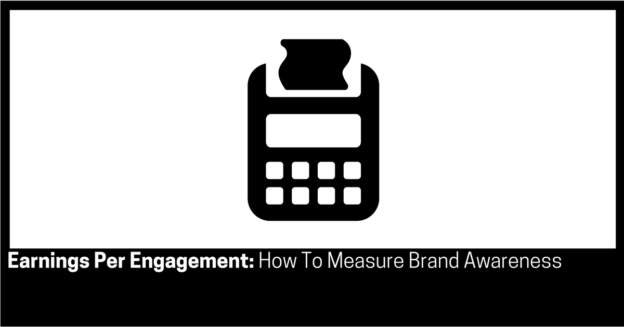Sometimes as a marketer your option is to utilize brand awareness rather than direct response.
And in that situation, you still want to measure its impact, and you can determine your Return On Investment.
Brand awareness could be described as the extent to which prospects and customers are aware of and familiar with your business.
Brand awareness relies on repetition, familiarity, relationship, credentials, reputation, association, comfort and so on.
In other words, prospects and customers know, like and trust you and you can deliver on promise.
The theory goes that when making a purchasing decision, prospects and customers will choose the products, service or solution that fits those criteria.
So, with brand awareness, you want to have your business familiar to prospects and customers.
The problem with brand awareness alone is that it doesn’t ask for a sale as direct response does.
In addition:
- It takes a long time for it to work;
- It takes a lot of money to work (especially with a lot of competitors); and
- It is hard to measure until later.
If brand awareness is familiar to prospects and customers then how do you measure brand awareness?
Let’s look at what a prospect may be thinking based on brand awareness.
- Repetition of the brand creates a sense of familiarity;
- Then obviously know but also like and trust your brand because you have demonstrated the ability and willingness to deliver on a promise which creates a sense of believability;
- Based on those two, the prospect looks further into your brand;
- Then the prospect gets in contact with your brand; and
- You measure the brand awareness.
Here are some examples of what may constitute brand awareness.
Brand awareness could be:
- A non-direct response ad;
- Book;
- Branding;
- Speaking;
- Referral;
- Testimonial;
- Reputation;
- Credential;
- Credibility;
- Media mentions;
- Etc…
In most circumstances, these direct response activities will yield Impressions.
For example, a speech gig may have 1,000 attendees or Impressions/Reach/Engagement/Interest.
Media mentions can be found by asking the outlets for an ad rate, where their monthly impressions are printed.
However, it’s really hard to track Impressions of organic referrals.
Nonetheless, the following assets will give you more ideas of Impressions:
- Inbound calls, SMS, emails, social media follows etc.;
- Search traffic for your brand name via analytics (if your brand is big enough you can also use Google Keyword Planner or Google Trends);
- Direct web traffic via analytics (again, if your brand is big enough you can also use Google Keyword Planner or Google Trends);
- Survey responses;
- Social listening for brand mentions;
- Etc…
We look at these because prospects and customers have found your brand someway usually from brand awareness.
But still, you cannot isolate what brand awareness created each Impression because it’s not direct response.
You need to tally all of the Impressions mentioned previously (although they will be an approximate estimate, not an absolute.)
Once you have tallied these, how do you calculate brand awareness Return On Investment?
It’s difficult, but here is a formula:
The total cost of brand awareness campaign which is all Impressions mentioned previously divided by the tally of all Impressions, which will give you Cost Per Engagement.
For example, a $2,000 brand awareness campaign that creates 30,000 Impressions is $0.07 Cost Per Engagement.
So, then how do you measure how much revenue each Engagement created?
You use an Earnings Per Click formula or more accurately Earning Per Engagement.
Using the same data as before, if your product costs $100 and you sell 100 Products from the brand awareness campaign, you’ll have a 0.33% Pipeline CTR, then your EPC (or more accurately your EPE) will be is $0.33.
But there is even more value than just sales from brand awareness.
It’s like remarketing.
What has been seen cannot be unseen, and you are building mindshare.
This method is not completely accurate but is close enough.

